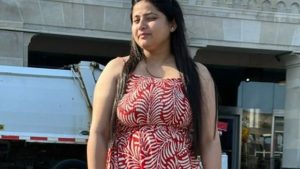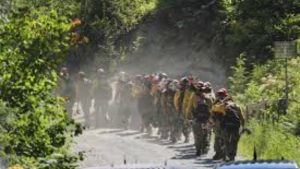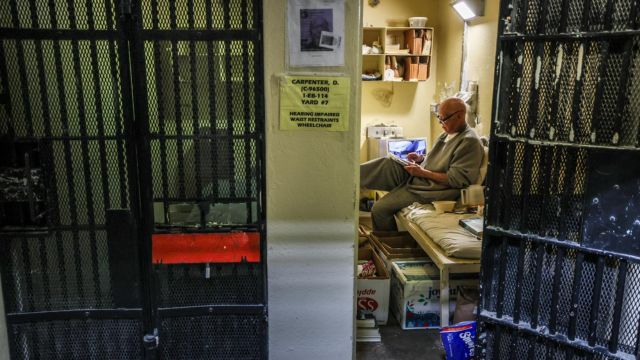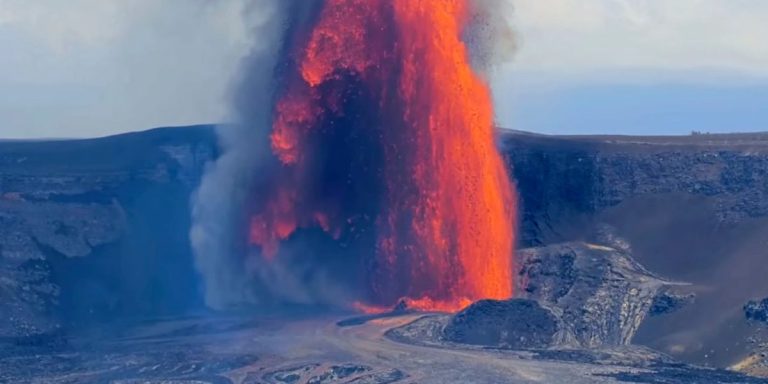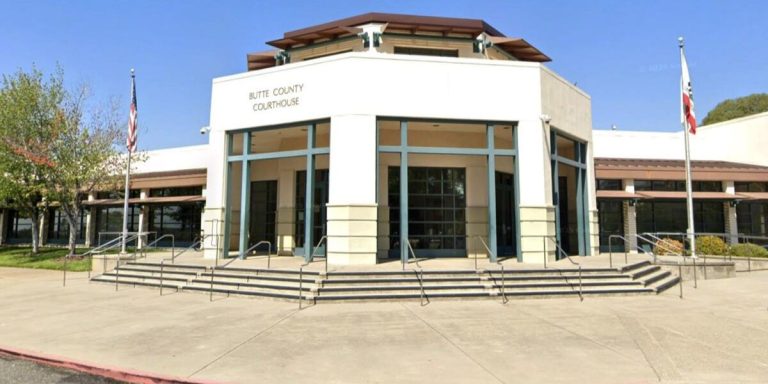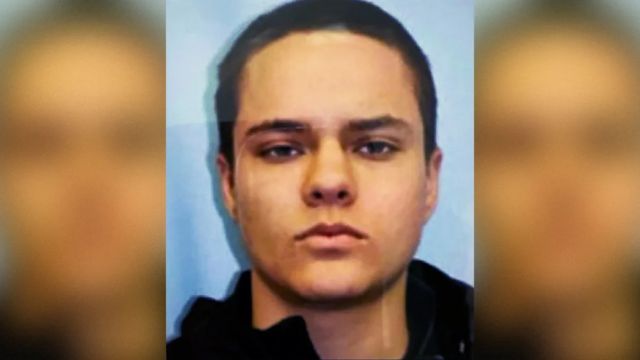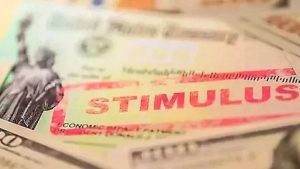Over half of Bob Williams’ life had been spent alone on San Quentin’s death row by the time he was 46 years old.
Williams raped and killed Mary Breck, 40, at her home in Kern County in October 1994. He was 18 years old at the time. He broke into Breck’s house the day before and took her credit cards. He went back, saying at first that he was going to give the things back, but instead he beat and choked Beck so badly that she was gasping for air in her bedroom before he finished the killing. He was found guilty of first-degree murder and given the death penalty.
Williams had been to juvenile hall and foster homes many times as a child by that point. Even though it sounds bad, he said that going to San Quentin “was the best thing that ever happened to me.”
“I went to prison with the idea of, No. 1, finding God, and if I could find God, find some kind of forgiveness if it was available,” he said.
He made a life for himself on death row, where the dank cells were made of concrete and iron and were stacked five stories high. He read lots of books on religion and philosophy and found comfort in the poem “Invictus.” It was after he had accepted that he would be put to death by lethal injection that San Quentin’s death row was closed. This was because of changes in politics that were out of his control. In the past five years, its cells have been regularly cleared out and its prisoners sent to other jails.
Williams was taken from his life of being alone to a jail in San Diego County in the spring of 2022. He could eat with other guys and walk with them in the prison yard for the first time in decades. The sun would feel good on his face.
Williams is still going to die at age 49. There are 588 condemned prisoners in California, but none of them will likely be put to death soon because of actions ordered by Gov. Gavin Newsom, including a moratorium on executions in 2019 and a promise that San Quentin would become a model for rehabilitation in 2023.
Newsom’s order to take down death row did not change the terms of the men and women who were already on death row. But it did completely turn their lives upside down. A total of two dozen institutions across the state have taken in hundreds of death row inmates from San Quentin. At the same time, the 18 condemned women who were living in isolation on death row at the Central California Women’s Facility in Chowchilla were moved into general population housing at the same prison.
Before the transfers, people on death row usually spent more than 20 hours a day in single cells covered with metal mesh that kept out sunshine. The transfers gave them more freedom. When they left their rooms, armed guards held their hands and walked with them. They ate and worked out mostly by themselves or in small groups. They didn’t have much or any access to classes and programs that helped them get better.
Williams left most of his things behind when it was his turn to leave. He gave some of his books to other people, a guitar to one friend, and art tools to another. He brought his Bibles, prayer books, and some clothes that were okay to wear in jail. Then he got in a van and drove south for about 12 hours to the Richard J. Donovan Correctional Facility in San Diego County, where he got a job as a church clerk that meant a lot to him.

